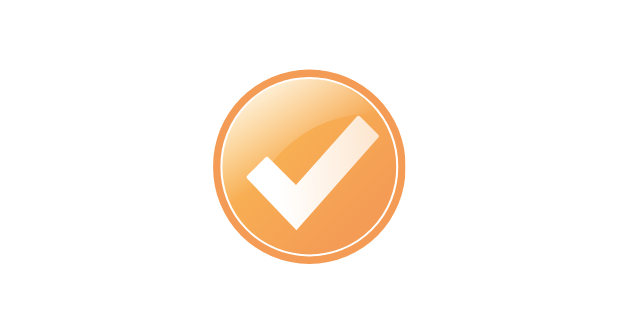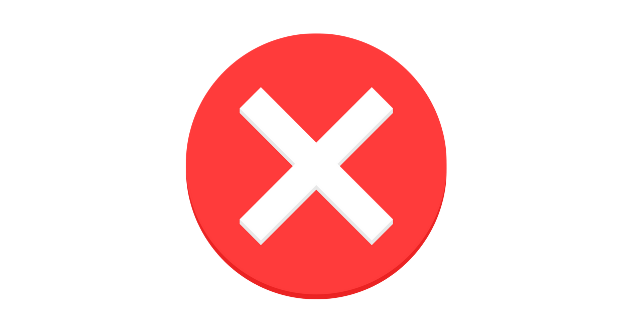What is Cross Contact?
What is cross contact?
Cross contact(CC) is whenever a food or item, that seems to be harmless(doesn’t contain gluten), contains gluten. How? There are lot of ways a gluten-free food can get contaminated.
Wooden utensils, could contain gluten in cracks and in the porous wood. Toasters, and skillets are another item that could have gluten because of scratches, and cracks.
Some other cases, where some foods are manufactured. Some conveyor belts use wheat flour/powder to make food/gums not stick to the conveyor belt. Also another reminder, gluten gives processed foods a longer shelf life. Always read ingredients on food. If it says may contain gluten, wheat, rye, barely, or oats. Find another item of food that is certified gluten-free equivalent.
Other precautions to look out for are porous eating utensils, and skillets. Such as wooden spoons, cutting boards, and cast iron skillets.

Yes! The perfect equipment to use for cooking gluten-free is stainless steel. It will not scratch and easy to clean.

Use With Caution:
(New) wooden utensils – Separated from rest of household with indication of a gluten-free label or section in the household.
Any eating utensil that have pores such as wood utensils can contain gluten, if they were used with gluten products prior. Get ride of any utensils: spoons, knives, forks etc that have been in contact with gluten products.

No:
Toasters, baking sheets, non-stick pans, cast iron, cutting boards, rolling pins, plastic bowls, and sifters, sponges, scrub brushes, towels.
What should I do with all of my kitchenware that have already been in cross contact?
The easiest solution would be to get rid of them. A more friendly way would be giving them to a friend, or family member who could reuse them.
What should I do after this point?
Replace your kitchenware with stainless steel products. Get a separate toaster, cast irons, rolling pins, cutting boards, and sifters etc. Put the kitchenware in a separate location from the rest of the house to keep the products safe from gluten.
What Do I Do If My Household Eats Gluten?
Talk with your family members or roommates about the health concerns and keeping the household gluten-free. Keeping your cooking area and prep area clean and wiped down.
What is Going on With Oats?
The reason that oats are under the classification with wheat, barley and rye, is because oats are commonly grown along side wheat fields. Which causes them to be in contact with wheat. If you are looking for gluten-free oats make sure there is a certified gluten-free label.
What Can Be Done About Cross Contact?
Be cautious as possible, and know how the food is being made. Buy kitchenware that has not been in cross contact with gluten. Call companies if concerns related to gluten-free foods. Talk to restaurant managers about the need for having food gluten-free.
Be cautious of gums, medication, and vitamins.
Pack your own lunch or snacks if you are going to be away from home for longer periods of time. Such as family gatherings, work, work lunches etc.
Check out What is Gluten? if you have any further questions related to gluten.
